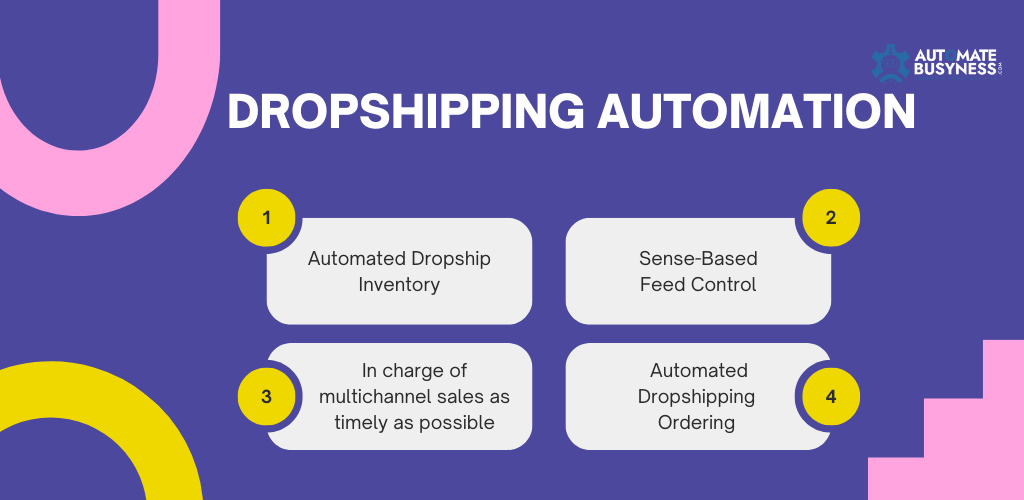Definition
Self-driving cars can sense their surroundings and function without human intervention. There is no requirement for a human passenger to operate the car at any moment or even to be inside the car at all. An self-driving car can go anywhere a traditional vehicle can go and can perform any task that a skilled human driver can.
Currently, the Society of Automotive Engineers (SAE) has established six levels of driving automation, from Level 0 (totally manual) to Level 5. (fully autonomous). These requirements have been adopted by the US Department of Transportation.
What difficulties do self-driving cars face?

Several regions of the world are testing fully autonomous (Level 5) cars, although none are presently accessible to the general public. Years will pass before that happens.
The difficulties range from legal and technological to environmental and philosophical. Here are a few of the unanswered questions.
Casualty Liability
Who is accountable for accidents caused by autonomous vehicles? The producer is who? the person who travels?
According to the most recent designs, a fully autonomous Level 5 vehicle won’t even have the option for a human passenger to take control of the car in an emergency because it won’t have a dashboard or a drive shaft.
Emotional Vs. Artificial Intelligence
Human drivers rely on subtle cues and non-verbal communication to make split-second decisions and predict actions.
Examples include engaging in eye contact with pedestrians and reading other drivers’ facial expressions and body language.
Will autonomous vehicles be able to replicate this relationship? Will they have the same impulses as human drivers to save lives?
Lidar and Radar
Lidar is pricey and is working to find the ideal ratio of range to resolution. Would lidar signals from different self-driving cars on the same route clash with one another?
Will the frequency range be large enough to facilitate the mass production of autonomous automobiles if many radio frequencies are available?
Federal Vs. State Regulation
Recently, state-by-state regulations have replaced federal guidelines as the primary form of regulation in the US for self-driving cars. To stop the rise of “zombie cars” roaming the streets without occupants, some jurisdictions have even suggested a per-mile charge onself-driving cars.
Additionally, lawmakers have proposed measures that would require all self-driving cars to be zero-emission vehicles and to be equipped with panic buttons.
But will there be variations in the legislation from one state to another? Can you drive an self-driving cars over state lines?
Weather Conditions
What happens when a self-driving car travels through a lot of rain? Lane markers vanish when the road is covered in snow.
If the lane markings are covered in water, grease, ice, or debris, how will the cameras and sensors be able to follow them?
Laws And Traffic Conditions
Will self-driving cars encounter difficulties on bridges or in tunnels? How will they perform in heavy traffic? Will self-driving cars be limited to a particular lane?
Will they be permitted to use the carpool lane? And what about the fleet of vintage vehicles that will continue to circulate on the roads for the next 20 or 30 years?
What are the benefits of self-driving cars?

There are countless ways to improve ease of living and quality of life. The aged and physically disabled would be independent.
If your kids were gone during summer camp, the car might transport their forgotten toothbrushes and swimsuits. Plan a vet appointment for your dog; that’s even better.
However, the main benefit of self-driving motorcars is their capability to significantly decrease CO2 emissions.
In a recent study, professionals highlighted 3 trends—vehicle automation, vehicle electrification, and ridesharing—that, if executed together, would fully realise the potential of self-driving cars . These “three revolutions in urban mobility” by 2050 might be able to:
- Reduce the number of automobiles on road by 30%.
- $40 off of transportation expenses (in terms of vehicles, fuel, and infrastructure).
- Increasing livability and accessibility.
- Dedicate parking lots to other purposes (schools, parks, community centers).
- worldwide 80% reduction of urban CO2 emissions.
ALSO READ
You may also like our other related articles on automation :


